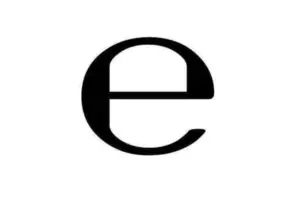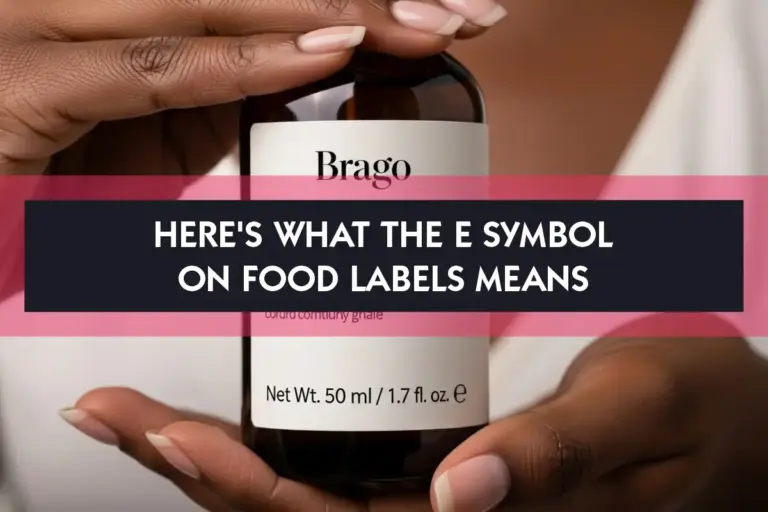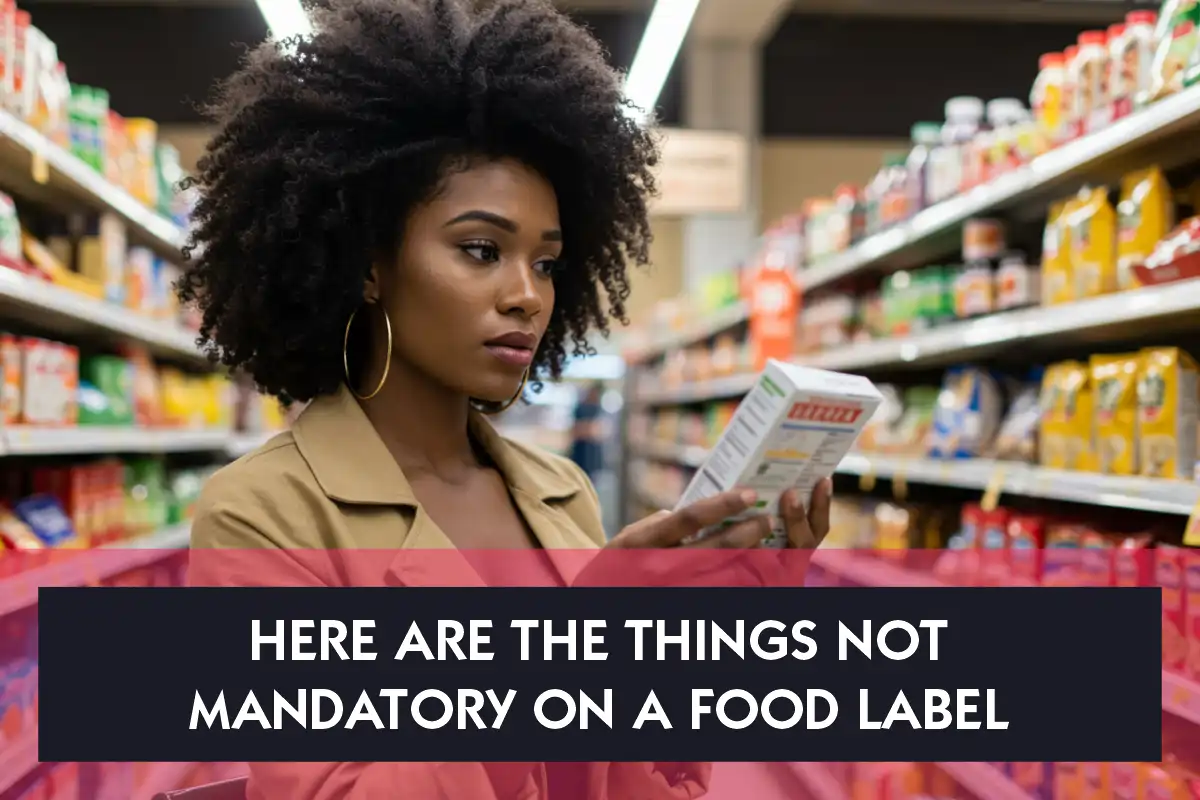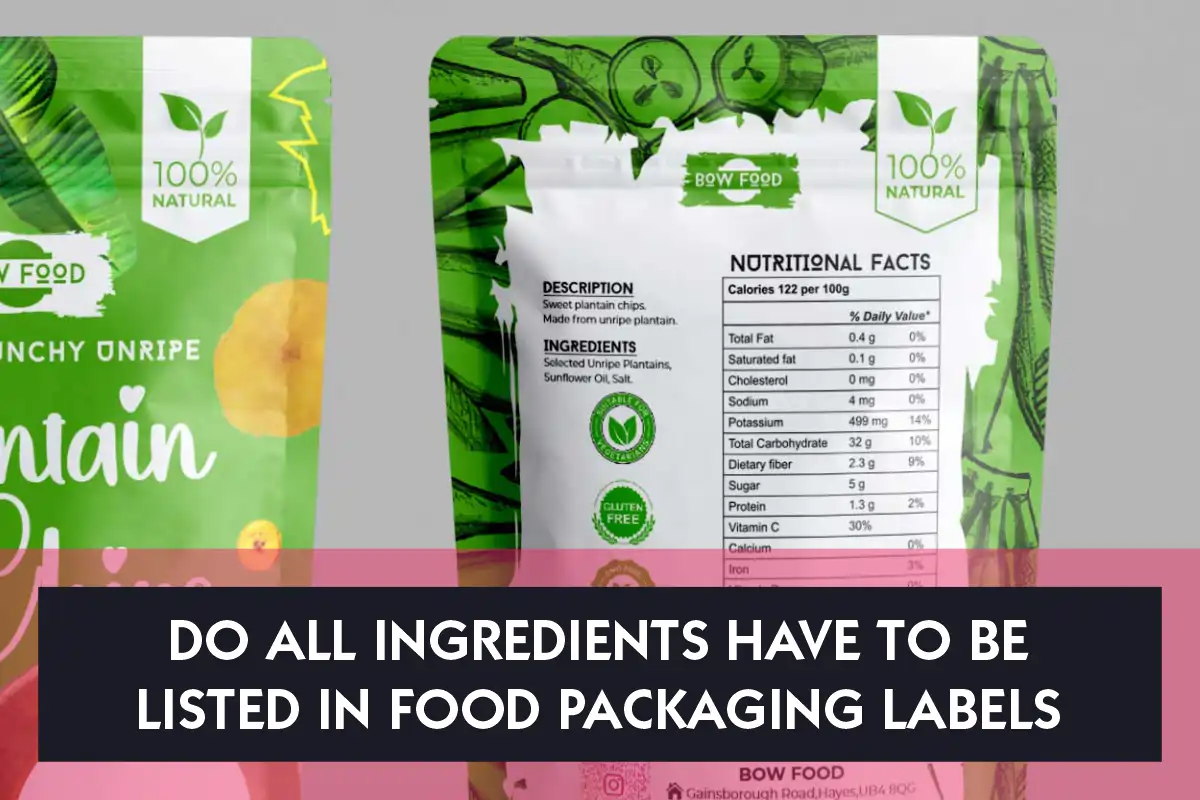When you walk into a supermarket or grocery store and pick up a properly packaged food item, you may have noticed a small letter “e” next to the weight or volume on the label. For example, a bottle of vegetable oil might say “750ml e” or a bag of rice might say “2kg e”. At first glance, this “e” might seem confusing or unimportant. Many people do not know what it means and often ignore it.
But that small letter “e” has a very real meaning. It is not just a decoration or design on the packaging. It plays an important role in food packaging laws, especially in Europe and some other parts of the world. Even though the “e” symbol is not originally from Nigeria, many products sold in Nigeria come from Europe or are made to meet international standards. So it is very common to see this symbol on items in Nigerian stores. So, let’s explain clearly what the “e” symbol means, why it is used, who controls its use, and what it means for Nigerian consumers.
Table of Contents
ToggleWhat the e Symbol Really Means

The small “e” you see next to the weight or volume on food labels is actually a compliance icon that comes from a European rule known as the “Average Quantity System”. The idea behind this rule is simple. When manufacturers package food, it is challenging to ensure that every single pack has exactly the same weight or volume. There will always be small differences. The “e” symbol indicates that the product was packed using systems designed to maintain the quantity as close as possible to what is stated on the label.
For example, if a company is packing 1-liter bottles of juice, some bottles might have a little more than 1 liter, while some might have a little less. But if they use proper measuring systems and keep the average close to 1 liter, they are allowed to print “1L e” on the label. This helps companies avoid wasting products and also helps customers know what they are getting.
Where the e Symbol Comes From
The “e” symbol is mostly used in countries that are part of the European Union. It is based on rules made to make trade and packaging more honest and fair. The full name for this rule is the “European Union Directive 76/211/EEC”. It started many years ago to help make sure that products sold in Europe had proper labels and fair amounts.
Over time, many other countries also started using similar rules. Even if the product is made outside Europe, some companies still use the “e” symbol to show that their goods follow international packaging rules. That is why you can see it on food items sold in Nigerian supermarkets, especially those that are imported or made for export.
How The Average Quantity System Works
The system behind the “e” symbol is known as the Average Quantity System. This system allows small errors in packaging, but only if the overall average is correct. That means if a company is packing 100 packets of flour with a label saying “1kg e”, not every packet has to be exactly 1kg. Some may be 998g, some may be 1002g, but on average, they must be very close to 1kg.
To follow this system, companies must use good machines to measure their products. They must also check and test samples to make sure their measurements are not far off. There are limits to how much a product can be above or below the labeled weight. If the difference is too big, then the company cannot legally use the “e” symbol on its product.
Who Controls The Use Of The E Symbol
In Europe, the use of the “e” symbol is controlled by law. Each country in the European Union has an agency that checks and monitors how companies use it. These agencies visit factories, test products, and make sure everything is fair.
Want To Print Something?
In Nigeria, there is no strict law about the “e” symbol because it is not a Nigerian system. But since many imported products carry this symbol, Nigerian customers still see it often. Also, the Standards Organisation of Nigeria (SON) works to make sure that products sold in the country meet safety and quality standards. They may not check the “e” symbol itself, but they still ensure that products are not fake or misleading.
Why the e Symbol Is Important
The “e” symbol is important for both consumers and companies. For consumers, it gives confidence that the product was packed fairly. Even if there are small changes in weight or volume, they are within acceptable limits. It also shows that the company follows proper standards in their packaging.
For companies, using the “e” symbol can help in international trade. Many countries accept products with the “e” symbol more easily because it shows that the product follows European packaging rules. It also helps companies save money by not wasting products trying to pack every unit with exact amounts.
Does Nigeria Use The e Symbol Officially?
No, Nigeria does not have its own version of the “e” symbol or law that supports it. But Nigerian stores sell many imported items, especially from Europe. These items are often labeled with the “e” symbol. Also, some Nigerian manufacturers who export their goods to Europe or want to follow international standards may choose to use the symbol.
Even though it is not official in Nigeria, seeing the “e” symbol on a product should not worry you. It simply means that the product was packed using good measuring systems and follows the average quantity system.
In Nigeria, this symbol is often found on imported goods or on products made to meet international standards. It is not a Nigerian requirement, but it is good to understand what it means. Knowing this can help you make better choices when buying food in supermarkets or stores.




